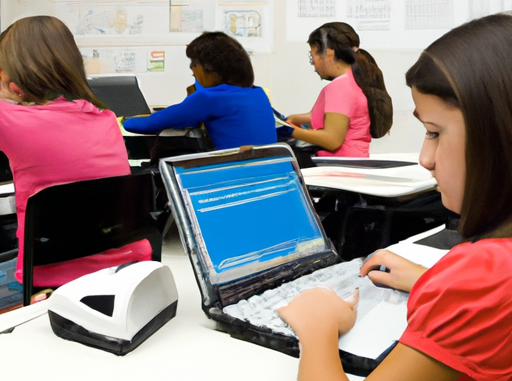
Differentiated instruction is a pedagogical approach that emphasizes the need to tailor educational practices to meet the diverse needs of students. This method recognizes that students vary significantly in terms of their prior knowledge, readiness to learn, interests, and learning profiles. Rather than adopting a one-size-fits-all approach, differentiated instruction involves creating multiple pathways for students to engage with the curriculum. It aims to enhance learning by providing a range of entry points, activities, and assessment methods. This approach can be particularly beneficial in classrooms with a wide range of abilities, as it seeks to provide appropriate levels of challenge and support for every student.
One of the core techniques of differentiated instruction is flexible grouping. This involves organizing students into temporary groups that can change as needed based on specific tasks, learning objectives, or interests. These groups allow teachers to provide targeted instruction and enable students to collaborate with peers who might share similar learning needs or styles. Moreover, offering choices in assignments is another strategy that empowers students by allowing them to choose how they demonstrate their understanding of the material. This could involve selecting from different types of projects, presentations, or written assignments that align with their interests and strengths.
A variety of instructional strategies can be employed to reach all learners effectively. For example, teachers might use tiered activities, where tasks are designed at varying levels of complexity to match students’ readiness levels. Additionally, incorporating diverse teaching materials and technologies can address different learning styles, whether visual, auditory, or kinesthetic. Utilizing formative assessments, teachers can continuously monitor student progress and adjust instruction as needed, ensuring that each student is both supported and challenged according to their individual needs. Through these varied approaches, differentiated instruction seeks to create a more inclusive and effective learning environment, fostering student engagement and promoting successful outcomes for all learners.
PhDr. Pavel Bartoš, LL.M., DBA (Evropská akademie vzdělávání / European Academy of education)
Leave a Reply